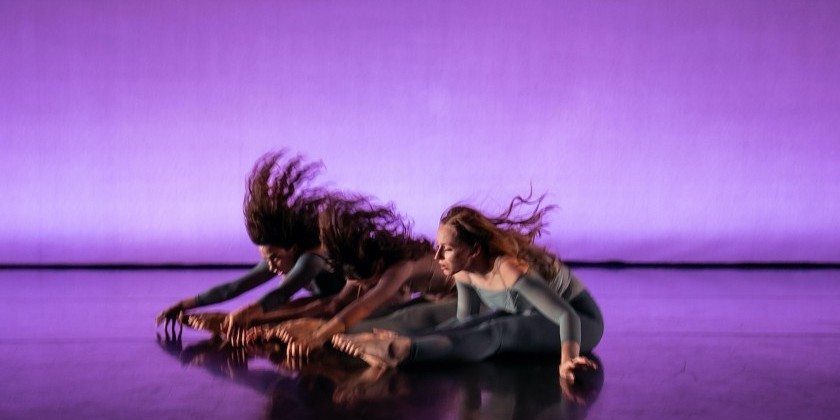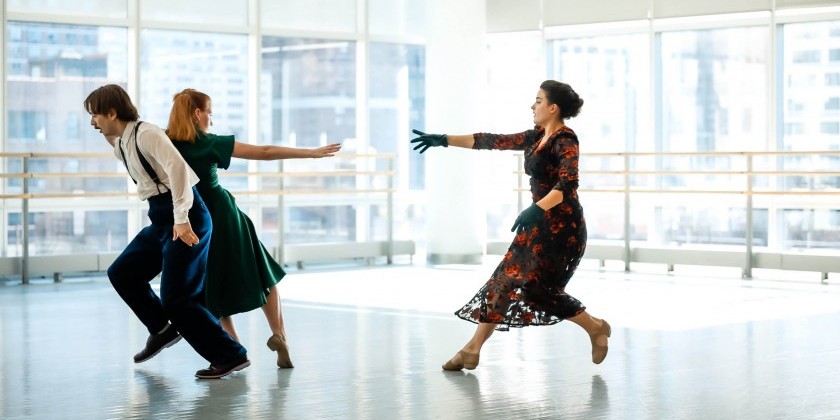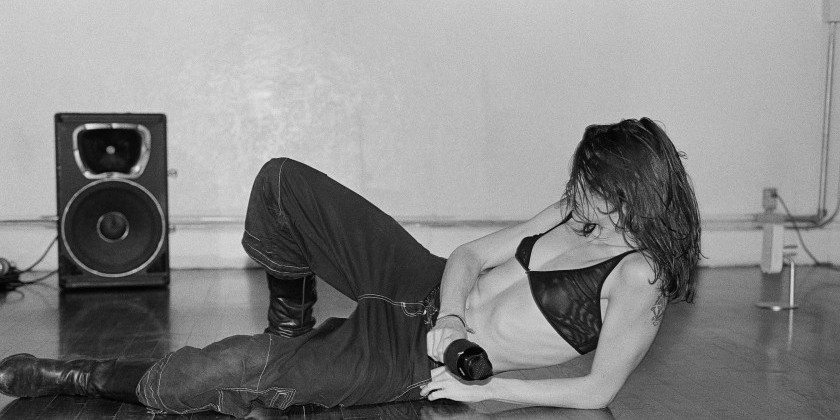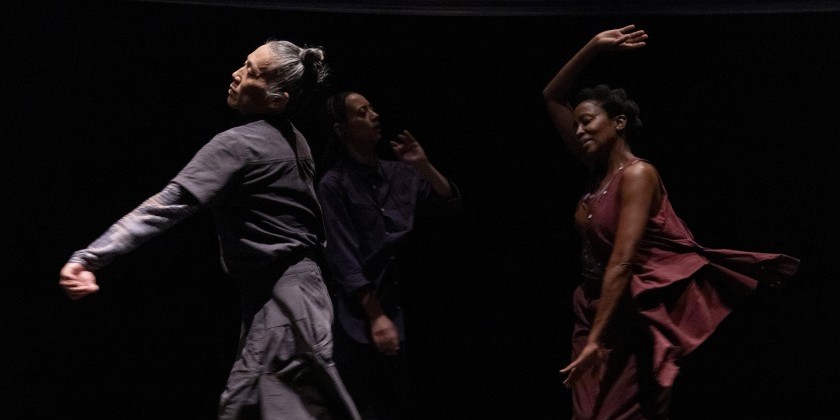THE DANCE ENTHUSIAST ASKS: Cherylyn Lavagnino Dance Celebrates its 25th Anniversary Season

The DiMenna Center for Classical Music
Cherylyn Lavagnino Dance's 25th Anniversary Season
Performances: Tuesday - Wednesday, July 8 - 9, 2025 @ 7:30pm
Venue: The DiMenna Center for Classical Music,
Mary Flagler Cary Hall, 450 W 37th St. New York, NY
Tickets: Click here
Date of Interview: June 26, 2025
In celebration of Cherylyn Lavagnino Dance’s 25th anniversary season, choreographer Cherylyn Lavagnino reflects on her artistic journey, longstanding collaborations, and a new ocean-inspired premiere. In this thoughtful conversation with The Dance Enthusiast's Catherine Tharin, Lavagnino shares the origins of her work, her creative process, and the themes that continue to shape her dance-making.
Cherylyn Lavagnino’s professional dance career extended internationally as a soloist with the Pennsylvania Ballet, a principal dancer with Arizona Ballet Theatre, and a principal dancer with Ballet del Espacio in Mexico City. An award-winning choreographer and recipient of numerous commissions and grants, Lavagnino has performed a range of classical repertoire and contemporary work; the diversity of these experiences informs the dialogue between classical and contemporary in her work with Cherylyn Lavagnino Dance (CLD). Lavagnino served as Chair of the Dance Department at NYU’s Tisch School of the Arts and was a full-time faculty member from 1987–2022. In 2000, Cherylyn Lavagnino Dance became the platform for her choreography. Twelve exceptional artists make up CLD. Their distinguished professional experiences include Twyla Tharp, Bill T. Jones, José Limón, Lucinda Childs, and Shen Wei.
Catherine Tharin for The Dance Enthusiast: This year marks the 25th anniversary of your company, Cherylyn Lavagnino Dance. What does this milestone mean to you?
Cherylyn Lavagnino: This season looks back on many of the themes and artistic partnerships that have shaped the company. You’ll see excerpts from The Winter’s Tale, Triptych, Veiled, Episodes, RU, and the premiere of La Mar Emocional.
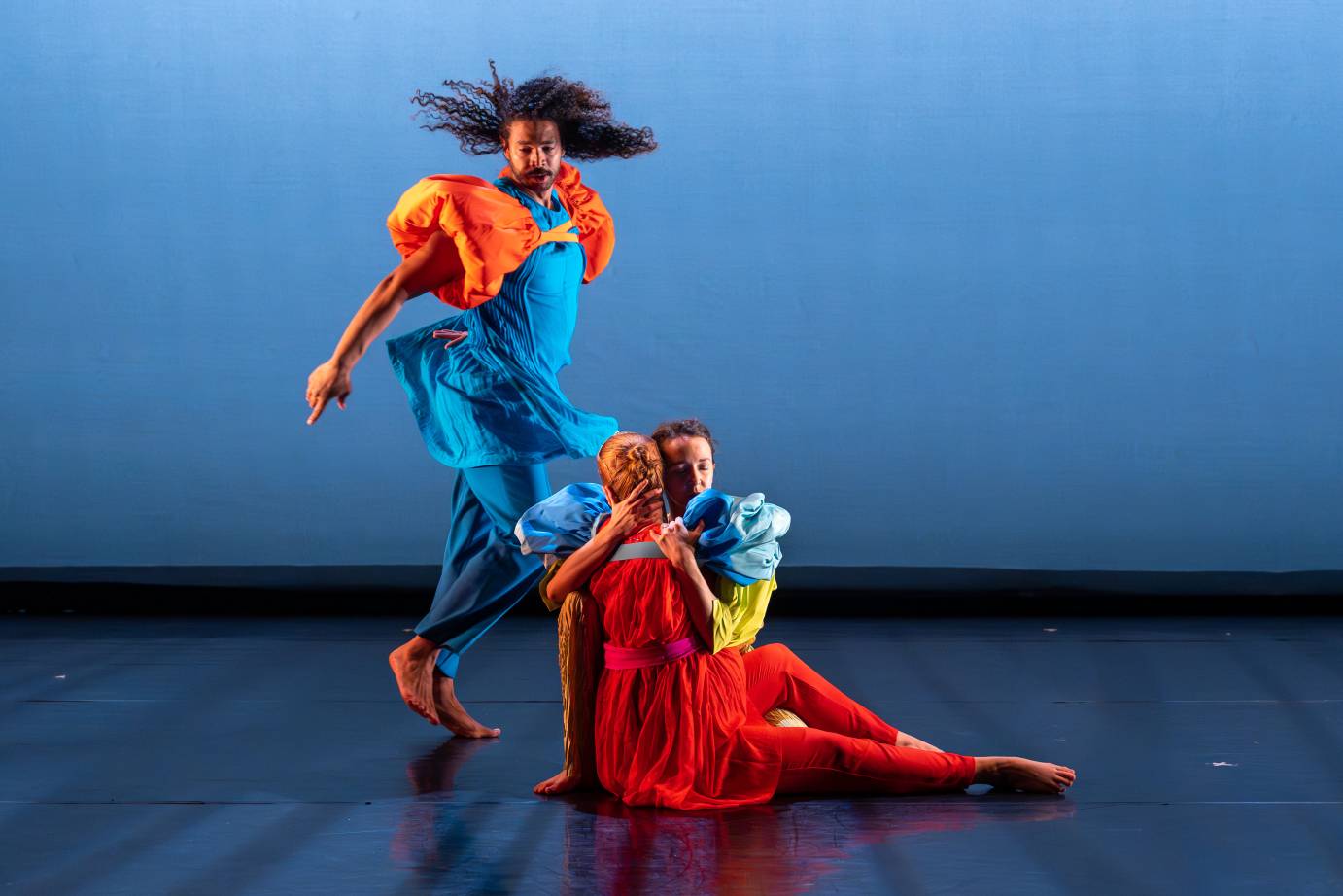
La Mar Emocional is created with composer Scott Killian. It draws from the ocean’s emotional landscape, almost like a living painting. Veiled emerged from literature about women’s resistance during the Islamic Revolution. Triptych explores religious themes and deeply felt character work. The Winter’s Tale excerpt includes beautiful costuming that subtly delineates power and status through garment structure. RU describes a young woman’s life as a post-Vietnam War political refugee.

There’s so much to reflect on —25 years of working with exquisite collaborators — dancers, composers, and costume designers. Two dancers performing this season, TaraMarie Perri and Christine McMillan, were in my very first performance at Danspace Project. And now, decades later, they’re still onstage.
Tell us more about how the ocean, its physical and emotional presence, inspired La Mar Emocional?
Now living by the ocean, I’ve become aware that it has its own emotional expression. After several days of stormy weather and a rather turned-up ocean, I was deeply impressed one morning to find such profound calm. There was no movement on the surface, and I felt something coming from the very depths of the sea — a deep, still aliveness. It made me reflect on how ancient civilizations personified the ocean, creating gods in its likeness.
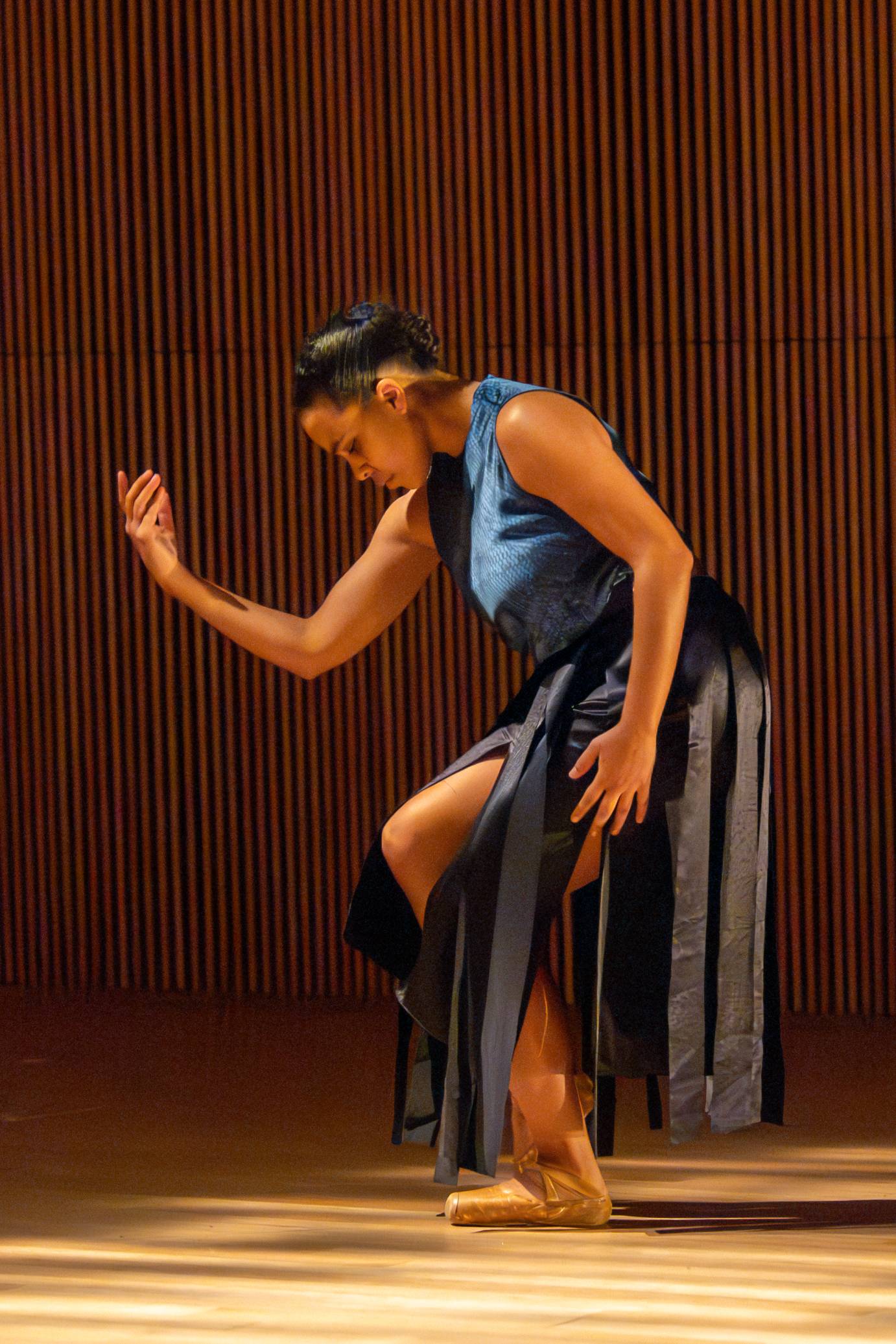
I often walk along the shore early in the morning, listening to music and dancing at the water’s edge. I’ve created phrases right there — watching how the ocean shapes the movement of birds, how they circle and respond to the waves. That’s very present in the new work. The movement has the quality of birds preening, and the ebb and flow of the tide. It's both subtle and expansive.
Why did you title the premiere in Spanish: La Mar Emocional?
I lived and danced in Mexico, and was deeply influenced by its rich, romantic culture. I would sometimes read Pablo Neruda’s poetry in Spanish and found the language more poetic, more emotionally resonant than English. I became about 50% fluent while living there and fell in love with the lyricism of the language.
When I researched the word mar, I discovered that although it’s commonly masculine — el mar — the feminine form la mar felt more expressive and poetic. That’s why I chose the feminine. It aligned more closely with the emotional, lyrical quality I wanted the work to have.
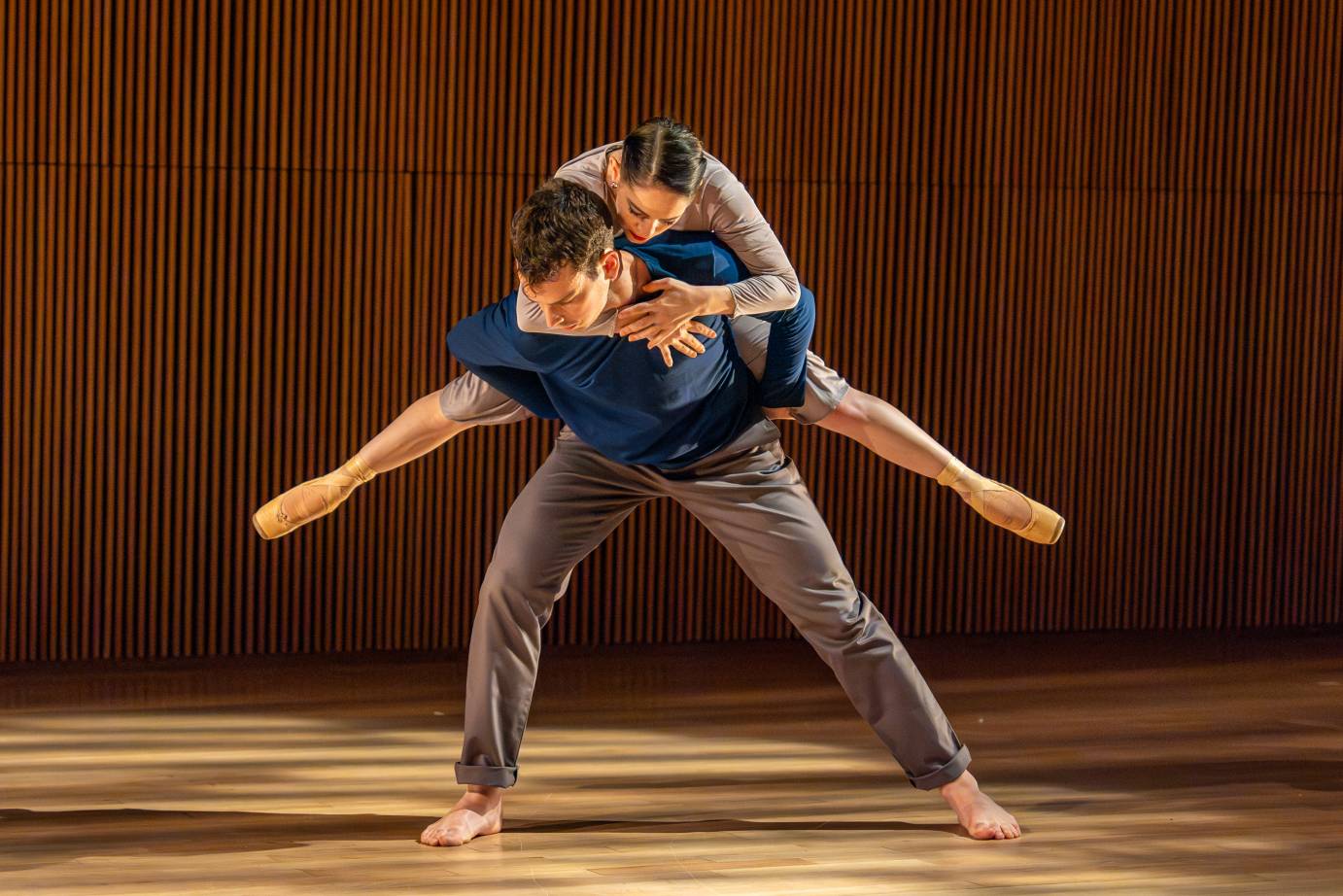
What else stayed with you from your time in Mexico?
I lived there for over a year with no television, no phone and sometimes no water or gas. But those things didn’t diminish the quality of my life. It was simple, essential, and deeply meaningful. I think you’ll see that pared-down sensuality and austerity in Triptych. I was also moved by the profound religiosity I witnessed — people crawling on their knees hundreds of feet into church. Religion can bring both ecstasy and severity. As an American, I was struck by how little we need to live fully. That year in Mexico changed me.
You’ve worked with several long-standing collaborators. Could you speak about the composers with whom you’ve collaborated?
I’m privileged to be working with two exceptional composers — Scott Killian and Martin Bresnick. They both inspire me to go places I wouldn’t go on my own.
Scott and I have worked together for at least thirty years. His theatrical sensibility shapes how he scores for dance. His music creates a world for the dancers to inhabit. For La Mar Emocional, I started with a placeholder piece of music, just to give us a working sound. Then Scott would come into rehearsal and watch, and I would record what we made. His final score layers meaning and mood into that physical world.
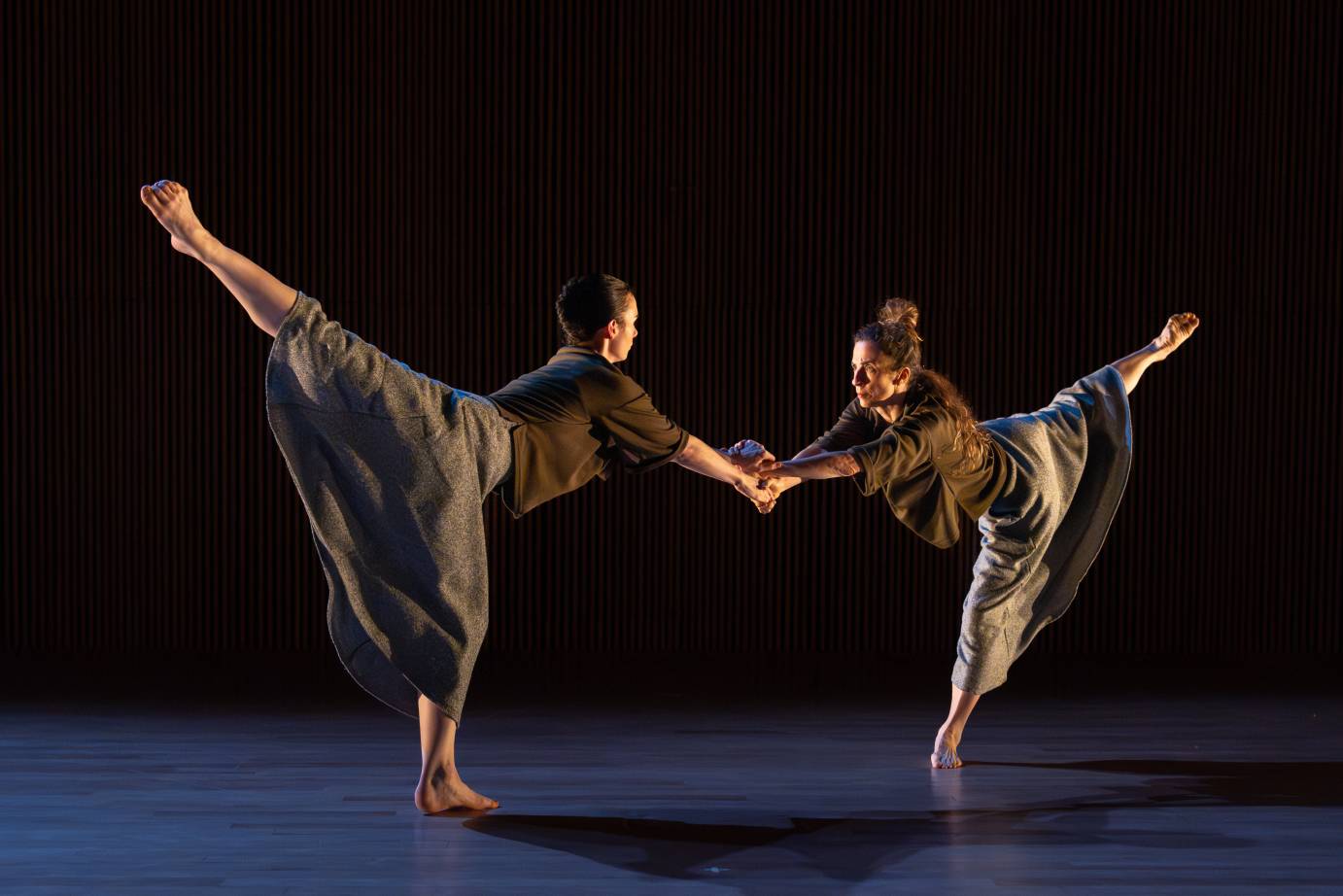
Martin and I were introduced just as I was beginning work on Veiled. His piece Prayers Remain Forever was such a fit for the themes I was exploring — about women, resistance, and loss. We’ve now been collaborating for about seven or eight years.
And the designers?
Karen Boyer created the vibrant, layered costumes for The Winter’s Tale. In that piece, royalty wore two sleeves, courtiers wore one. It is subtle but effective. Her color sense is extraordinary. For La Mar Emocional, she created a skirt for the lead soloist — strips of silky fabric, about an inch and a half wide, that flutter and reveal the dancer’s legs as she moves. It’s beautiful. The palette is all blues and greens, inspired by moonlight over the sea.
Christopher Metzger, a grad student when we met, designed costumes for RU. He deconstructed traditional Vietnamese dress into something raw and expressive, with loose threads and layered textures. It was a beautiful first collaboration.
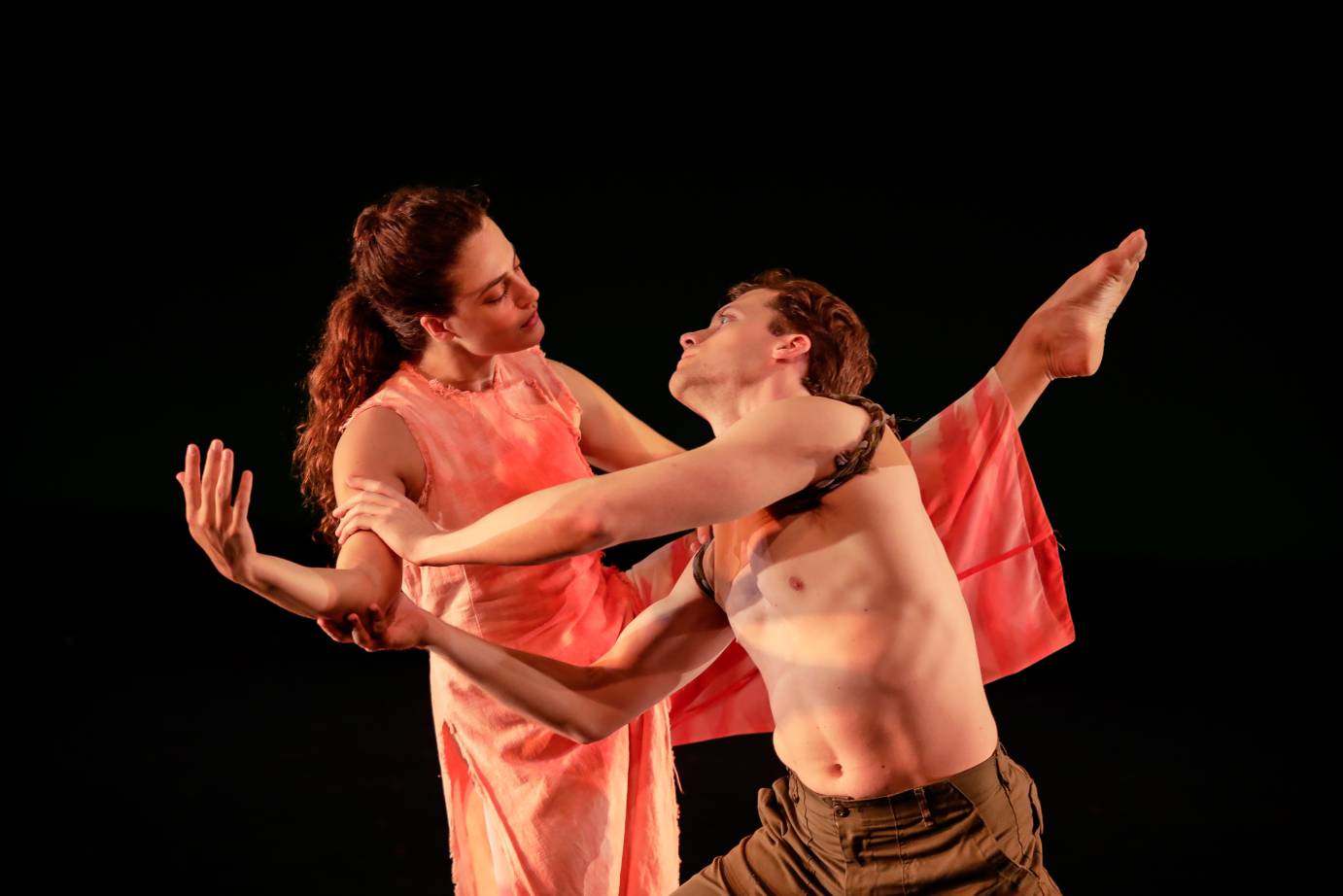
How do you approach choreographing?
I usually come into rehearsal with a phrase that’s central to the work’s intention. In the studio, my dancers and I play and develop the phrase together. The dancers often bring ideas, especially in partnering sections. I give them qualities and movement prompts, and they shape and build on those. They bring such individual expression to the work.
What do you look for in a dancer?
I look for dancers who are fully trained in ballet and contemporary dance — extremely musical, full-bodied movers with a gift for improvisation. I like working with a range of dancers, each bringing their unique voice.
You’ve spoken before about inequities in the field, especially for women choreographers. What is your perspective today?
When I was younger, I had more opportunities. But once I reached a certain age, I no longer felt viable in the field. I don’t know when exactly that shift happened, but I’ve done some of my best work in the last ten or twelve years.

I’m glad to see younger women, especially women of color, receive more opportunities now. But I still don’t think things are equal. That said, I love being in the studio. I love the work. And the generosity of the people I work with — it’s sustaining.
We’re certainly not doing this for fame or fortune. We pay for most of our own productions. We’re limited in where we can afford to perform, and some venues aren’t ideal for seeing the work. But we carry on. Because we love it.
What would you say is your greatest strength as an artistic director?
Coaching. That’s definitely tied to my teaching background. I have very specific physical directives for each piece, and it’s essential that the dancers understand them. Teaching and choreographing support one another. You’re training your eye every day in the studio, and that becomes vital when guiding dancers toward a deeply invested physical expression of the work. Finding a healthy and encouraging way to support their growth and freedom of expression is part of the creative process—whether I’m training dancers or coaching them in rehearsal.
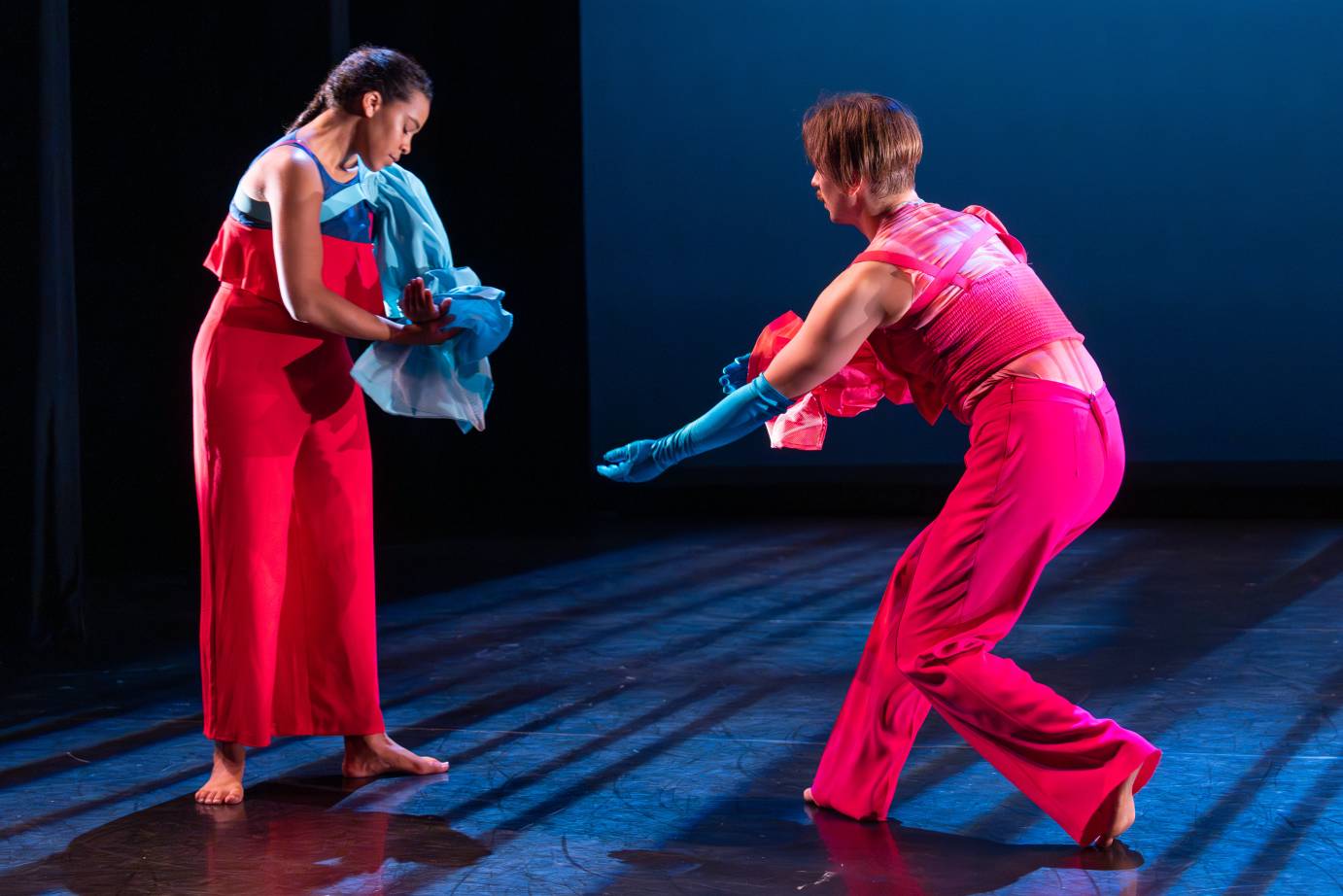
Over the past few years, your choreography has embraced more theatrical expression. How has your focus evolved?
I’ve moved toward theater dance in the past five to six years. I feel I’m more able to express the emotional content of my work through movement and gesture than earlier, and gesture has become more central to my process. I’ve always enjoyed researching my subject matter — it supports the choreographic journey. My intention has always been to create dances that move an audience, and I feel the work has become more poignant in recent years. That said, I still enjoy working just with music and movement and shaping a visual landscape. I tend to err on the side of subtle expression — something that invites the audience to bring their own histories to what they’re seeing, rather than telling them exactly what to feel. I suggest. I don’t tell.







